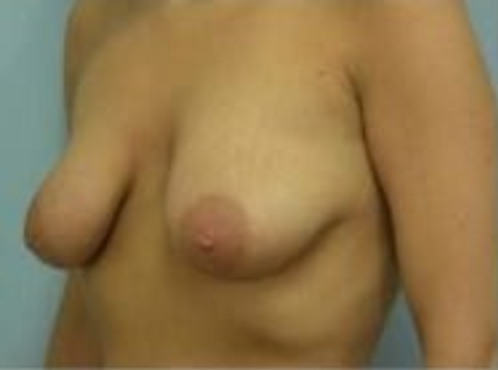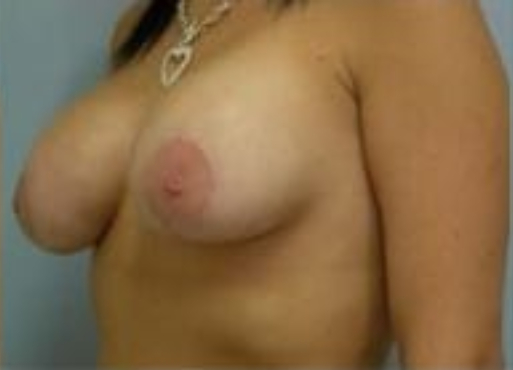Implant malposition refers to implants that are asymmetrical. Essentially the implants do not sit well within the implant pockets and may have shifted medially (toward the middle) as in the case of symmastia, laterally (to the sides) or superiorly.
Dr. Alfredo Lloreda of the Williams Center for Plastic Surgery performs breast revision surgery to correct implant malposition at the New England Laser & Cosmetic Surgery Center in Latham, New York. General or MAC anesthesia is commonly used and surgical times may be anywhere from one to four hours depending upon the severity of the problem. The surgery may be performed through the peri-areolar incision or the IMF incision (inframammary fold).
Through this incision, the pocket is reopened, the implant is removed, and the necessary adjustments are then made. This may involve widening the pocket if necessary, removing thickened capsule tissue if that is causing the malposition, or readjusting the pocket inferiorly. Correcting pocket malposition can be accomplished very effectively with acellular dermal matrix products like Strattice which force the pocket on either side, medially, inferiorly and laterally, thus recreating a new stable environment for the implant to remain in place.
Recovery following breast revision for implant malposition generally takes seven to ten days. Stitches are dissolvable and do not need to be removed. Patients are typically able to return to work and other normal activities within one to two weeks.



